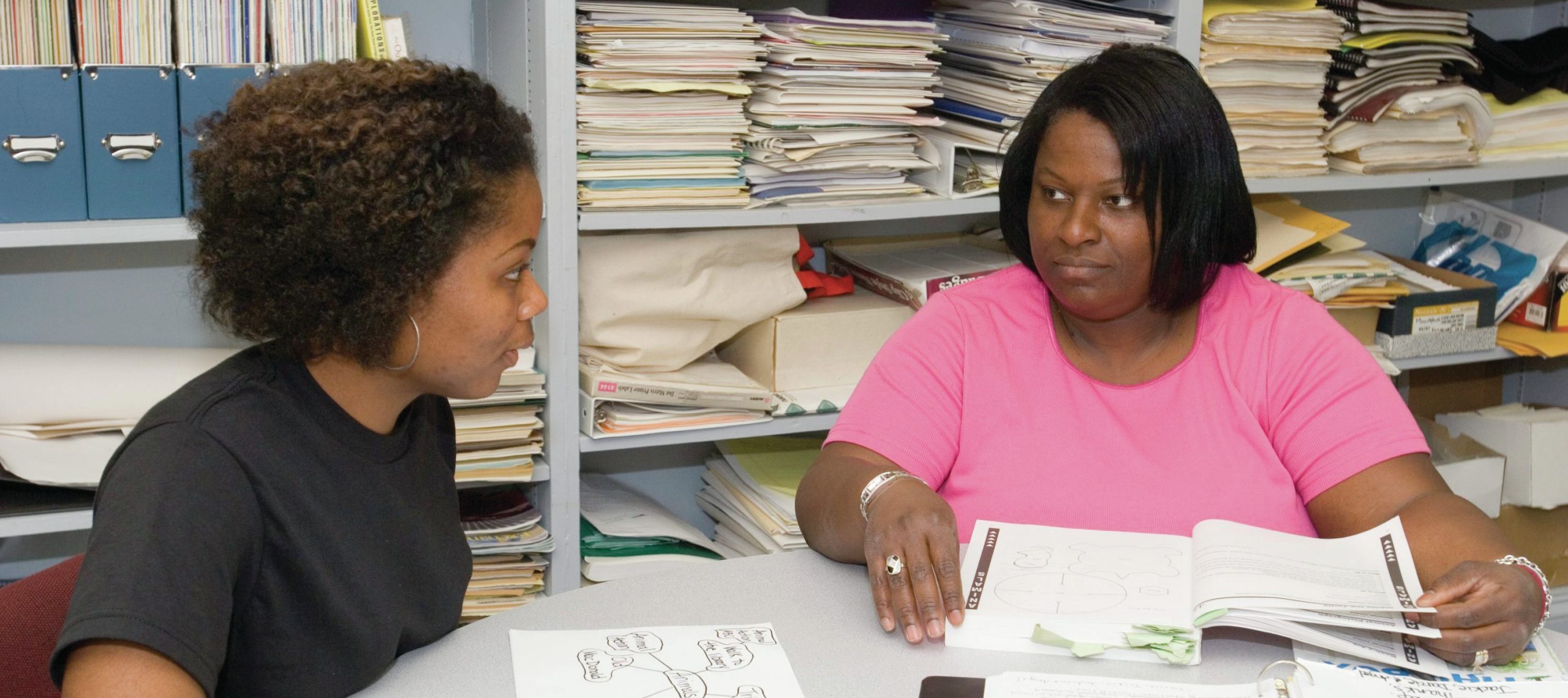
The methods in context question tests your ability to use a method in a particular context. The general contexts are health or education, depending on the topic you have been prepared for. However, to do well you have to show an awareness of the method in the context of a specific area of health or education. This might be something like unequal health chances or educational failure. The questions are further narrowed down because you will be asked to consider the method in relation to a specific group such as doctors or teachers, or social classes or genders. This means that you do not need to demonstrate knowledge of particular studies, but rather you have to show what the strengths and limitations of a particular method are in a particular context.
The more specific you become in the application of the method the better your answer is. Application is an AO2 skill and this question is really designed to allow you to demonstrate your ability in this area. It is an attempt to see how well you can think on your feet. As we know, sociologists attach a great deal of importance to nurture and you can nurture your ability in this question. Boxers practise with skipping ropes to develop fast feet and you can develop thinking quickly on your feet.
Your organisation does not have access to this article.
Sign up today to give your students the edge they need to achieve their best grades with subject expertise
Subscribe




